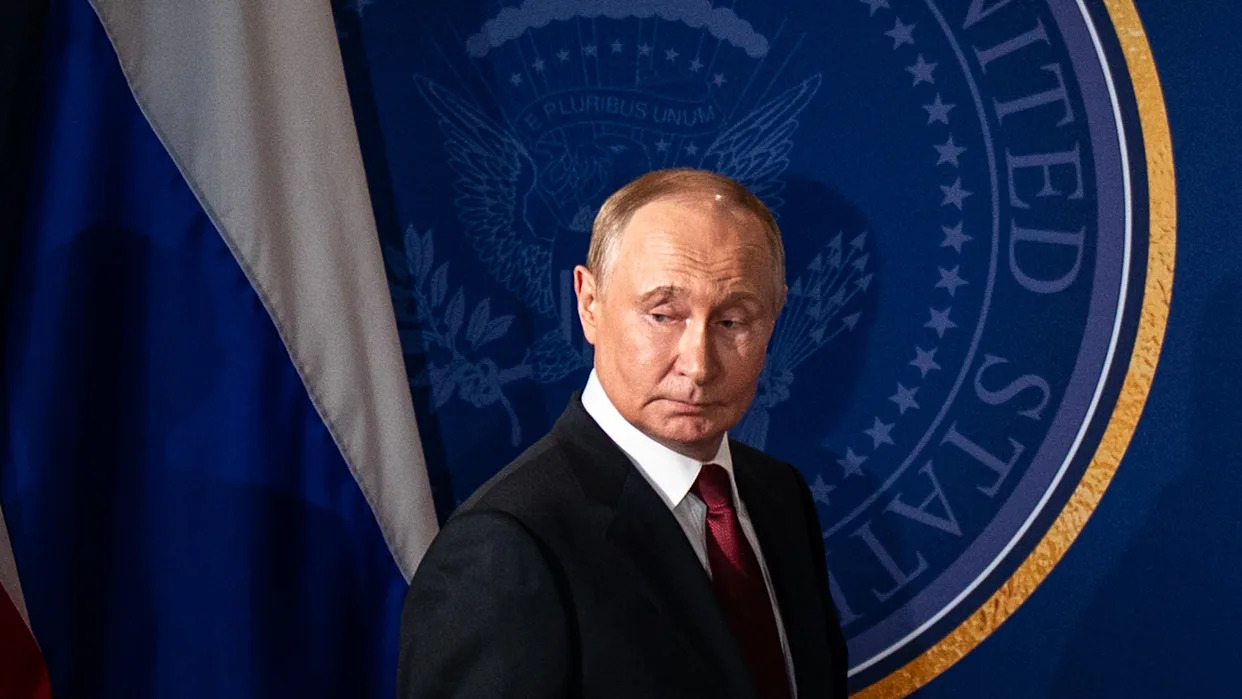
The Atlantic Daily, a newsletter that guides you through the biggest stories of the day, helps you discover new ideas, and recommends the best in culture. Sign up for it here.
American and European officials thought they had a real opportunity to end the war in Ukraine. President Donald Trump’s envoy, Steve Witkoff, flew to Moscow to meet with Vladimir Putin believing that a breakthrough was possible. Trump welcomed the Russian president to America, rolling out a literal red carpet. Ukrainian President Volodymyr Zelensky rushed to Washington with European leaders, some of whom even sounded optimistic. Trump “broke the deadlock” with Putin, NATO Secretary-General Mark Rutte said at the White House. “If we play this well, we could end this.”
Yet after that flurry of diplomacy, Russia has barely budged from its long-held positions on Ukraine. Putin and Zelensky have not agreed to the joint meeting promised by Trump. The fighting does not seem closer to a conclusion; today, Russia struck Kyiv with a barrage of missiles and drones, killing at least 15 people, including children. Instead, European officials say they’ve grown mystified by what exactly Putin promised the Americans behind closed doors, what U.S. officials took away from their discussions with Moscow, and where that leaves the effort to achieve peace.
“There’s mostly confusion at this point,” a top European official told us. (Officials interviewed for this story spoke on the condition of anonymity because details of the deliberations remain largely private.) “It’s not clear what Putin told Witkoff or Trump or if they understood him properly. It’s a puzzle that we’re all trying to solve.”
Part of the confusion seems to trace to Witkoff’s August 6 meeting with Putin, where certain details regarding Russia’s willingness—or lack thereof—to withdraw its troops from parts of Ukraine appear to have been lost in translation. According to two U.S. and three European officials who were briefed on the conversation, Putin told Witkoff that Russia would require “de jure” recognition—official recognition under international law—of Russian control over two territories that are currently within the internationally recognized borders of Ukraine: the Crimean peninsula, which Russia has occupied since 2014, and Donbas, the region in eastern Ukraine that has been contested for more than a decade but is now largely occupied by Russia.
[Read: Trump invites Putin to set foot in America]
Putin told Witkoff that, in return, Russia would be willing to give up its legal claim to two territories in southern Ukraine, Zaporizhizha and Kherson, that Russia has partially occupied since its February 2022 invasion. Witkoff, according to the U.S. and European officials, entertained this proposal. But the question of what would become of the thousands of Russian soldiers stationed in those regions was never addressed, the officials told us. Their continued presence would be a nonstarter for Ukraine, but Putin conveniently left the matter out, and Witkoff never asked.
This became apparent to European officials in their discussions with Trump-administration officials following the meeting in Moscow. European officials were “confused about the phrasing,” as one European official put it, of what Putin and Witkoff had tentatively agreed to. They made calls to their American counterparts and warned that if Russia wasn’t required to withdraw from Ukrainian territory, it would almost certainly launch more attacks when the opportunity arises.
Asked about any confusion surrounding Witkoff’s discussions, a White House official said that Trump and his national-security team continue to engage with Russian and Ukrainian officials, but that “it is not in the national interest to further negotiate these issues publicly.”
The apparent lack of detail in the discussion between Putin and Witkoff has led many officials, who had been hopeful for a breakthrough, to face the reality that Putin’s demands have changed little since the start of the war. One top European official told us that the vague conversation between Witkoff and Putin over territorial claims, as well as questions regarding Washington’s future commitment to long-term security guarantees for Ukraine, are threatening to unravel any progress that might have been made through Trump’s outreach to the Russian leader. All the while, U.S. officials say, Trump is growing impatient.
European officials were hoping that Trump’s summit with Putin would deliver clarity, but they ended up no less confused. A day before Trump was set to travel to Anchorage, Alaska, on August 15, as questions over Witkoff’s Moscow meeting emerged, the Europeans sought to ensure that their goals were aligned with Washington’s and offered tips to Trump officials to avoid getting off track. The idea of a potential one-on-one meeting between Trump and Putin made many of the Europeans nervous because, as one put it to us, Trump is “not a details guy.”
[Read: Well, what did you think would happen?]
That Thursday, the president and Vice President J. D. Vance joined a call convened by German Chancellor Friedrich Merz that included Zelensky and a handful of other European leaders. After carefully discussing potential sticking points in the negotiations, they emerged with an understanding on seven basic points, according to notes from the meeting that we reviewed. One of the points was that Trump was going to Alaska to secure a cease-fire, but that there would be no talk of carving up Ukrainian territory. Trump acknowledged that he was not optimistic about coming out of Alaska with any concrete results, he told officials on the call, adding that if Putin didn’t agree to a cease-fire, he would hit Russia with sanctions. Peace negotiations, they collectively agreed, could come only after a cease-fire, according to notes from the meeting.
But Trump is often influenced by the last person in the room with him, and that was the case when he sat with Putin in Anchorage, joined only by Witkoff and Secretary of State Marco Rubio. The meeting, which lasted several hours, ended with no tangible conclusions. Trump and Putin delivered statements but took no questions from the press, leading to speculation that the discussion had done little to break the impasse.
Trump, however, emerged from the meeting discussing territorial concessions, which he said were ultimately up to Ukraine to decide, and fast-tracking peace talks without a cease-fire—precisely what he’d told the Europeans he would avoid. It was then that Zelensky and a number of European leaders put their August holidays on hold and raced to Washington to help shape the American president’s perception of what was realistic. As he sat alongside Zelensky in the Oval Office that Monday afternoon, Trump told reporters that he thought a cease-fire agreement was not necessary, pointing to other peace deals he has brokered, including between Rwanda and the Democratic Republic of the Congo, and Armenia and Azerbaijan—very different conflicts from the one in Ukraine.
The Alaska summit was seen as a big win for Putin, who has largely been shunned by the West since he launched his full-scale invasion of Ukraine. The red carpet, the B-2-stealth-bomber flyover, Trump applauding Putin’s arrival—these were exactly the images the Russian leader needed to convey the message back home that the war was justified and Russia was the victim, not the aggressor. Trump’s discussion of territory and peace talks only reinforced this. But the Trump administration adamantly defends its decision to meet with Putin, noting that the status quo was not working, and that the only way to achieve a breakthrough was through direct talks. It’s something that many European leaders have conceded as the war continues to drain their military stockpiles and strain public support.
[Read: Zelensky wasn’t going to repeat his Oval Office disaster]
European officials told us that they were encouraged by the Trump administration’s apparent willingness, following the multilateral meetings with Zelensky in Washington, to commit U.S. resources and potentially personnel to guarantee Ukraine’s long-term security. But they said that more isolationist members of the Trump administration have worked to tamp down European expectations of how much Washington would commit. One European official involved in the discussions said that, in recent days, Trump-administration officials have urged European nations to do more to provide security guarantees for Ukraine. For Putin, security guarantees and any long-term support from NATO are a deal-breaker; he has said that Russia was forced to attack Ukraine in the first place to defend itself against NATO encroachment on Russia’s borders, something NATO members dismiss as preposterous.
Putin, a former Russian intelligence officer skilled in the art of mixed messages, views conquest of Ukraine as essential to his goal of restoring Russia to its Soviet-era glory. And European officials said they fear that Witkoff’s limited knowledge of the conflict’s deep history is a major vulnerability. Witkoff, a real-estate executive and longtime friend of Trump’s, is seen as a shrewd businessman and one of the few people in Trump’s inner circle who truly speaks for the president. He assumed the role of envoy, however, with no prior government or diplomatic experience.
“The Russian media is not even trying to hide how amused they are by all this,” another senior European official told us.
Trump vowed on the campaign trail to resolve the war in Ukraine within 24 hours of taking office. As the months pass, his administration is learning that Russia’s deep-rooted territorial claims, which in Putin’s mind date back centuries, can’t be settled overnight. But Trump sees a peace deal as central to his legacy as president—and his possible ticket to a Nobel Peace Prize. Efforts are still under way to find venues for a Putin-Zelensky summit, though many believe that the chances of the two leaders meeting without Trump are remote. Options for host cities include Geneva, Ankara, and Riyadh, U.S. officials said.
[Listen: Peace in Ukraine is not a real-estate deal]
Trump has privately fumed in recent days that his high-profile attempts at diplomacy have yielded nothing, one senior administration official and one former official who stays in close touch with the White House told us. That irritation has been reinforced by some Russia hawks in the GOP, including Senator Lindsey Graham, a Trump confidant who has urged the president to threaten Russia again with sanctions if it won’t come to the negotiating table. The shape of a possible peace deal, if and when it materializes, remains unclear: The United States has not firmly committed to offering security guarantees for Ukraine, but the Trump administration is considering continuing to share intelligence with the Ukrainians and potentially offering assistance with air defense.
Trump also has directed some frustration at Zelensky and Europe, believing that they are being unrealistic in their demands and need to accept that Ukraine has to lose some territory to end the conflict, the current and ex-officials told us. He is hesitant to commit more U.S. involvement, wary of alienating his MAGA base, and he has ratcheted up his efforts to blame the war on his predecessor, Joe Biden, even seven months into his own presidency.
“He just wants this over,” the senior official told us. “It almost doesn’t matter how.”
While talking to reporters in the Oval Office on Friday, Trump said, “I’m not happy about anything about that war. Nothing.” He suggested that he would decide on a course of action in two weeks—a favorite crutch when he wants to postpone a decision—and has said that there would be “very severe consequences” if Zelensky and Putin did not soon meet. But on Monday he conceded that he did not know if they would, and suggested that he might be ready to walk away from the conflict if it drags on.
“Maybe they will, maybe they won’t,” he said of Putin and Zelensky. “They’d like me to be at the meeting. I said, ‘You guys ought to work it out. It’s between you. It’s not us.’”
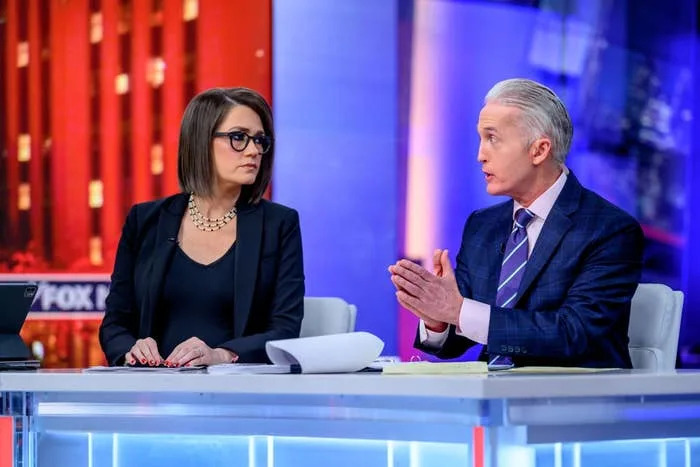
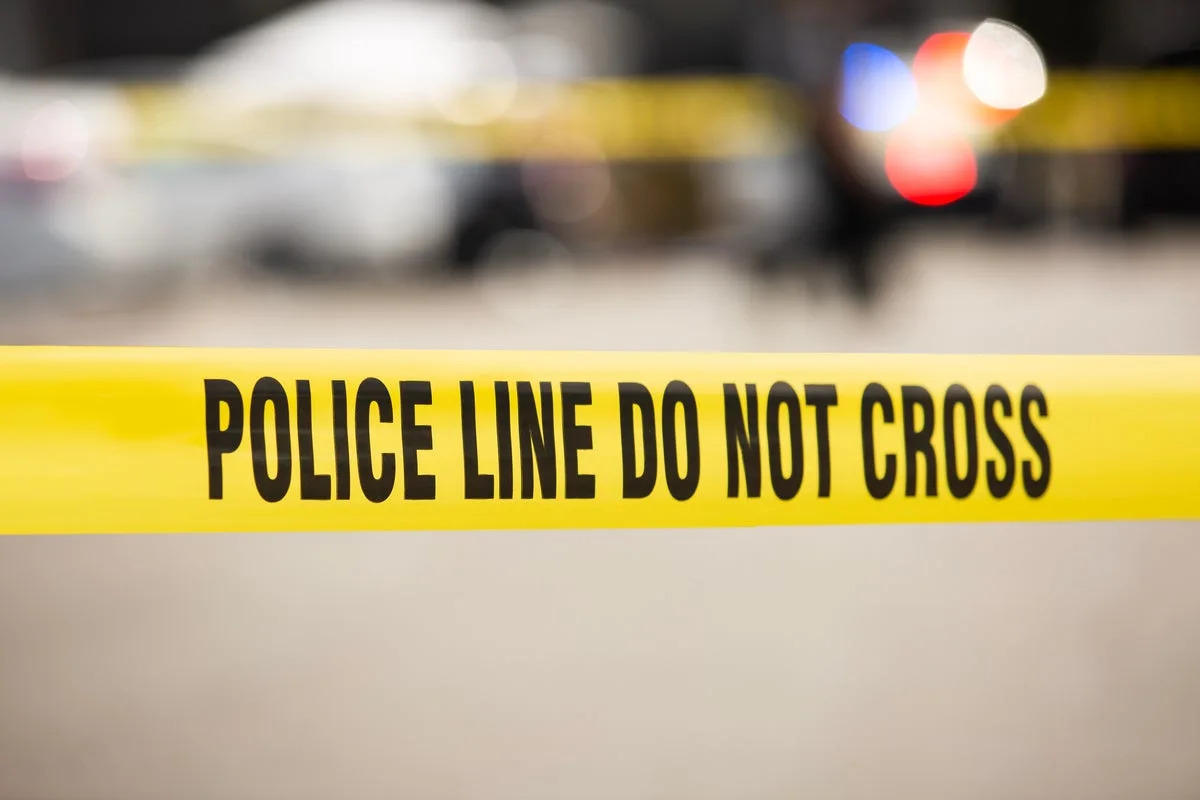
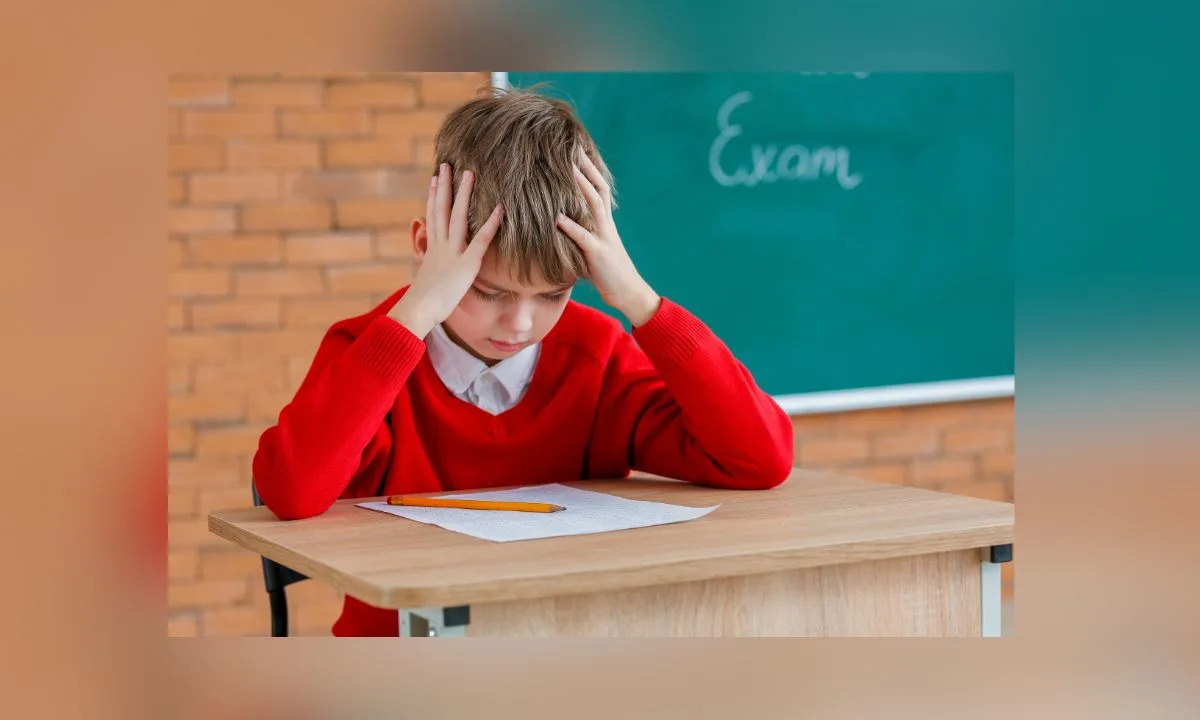
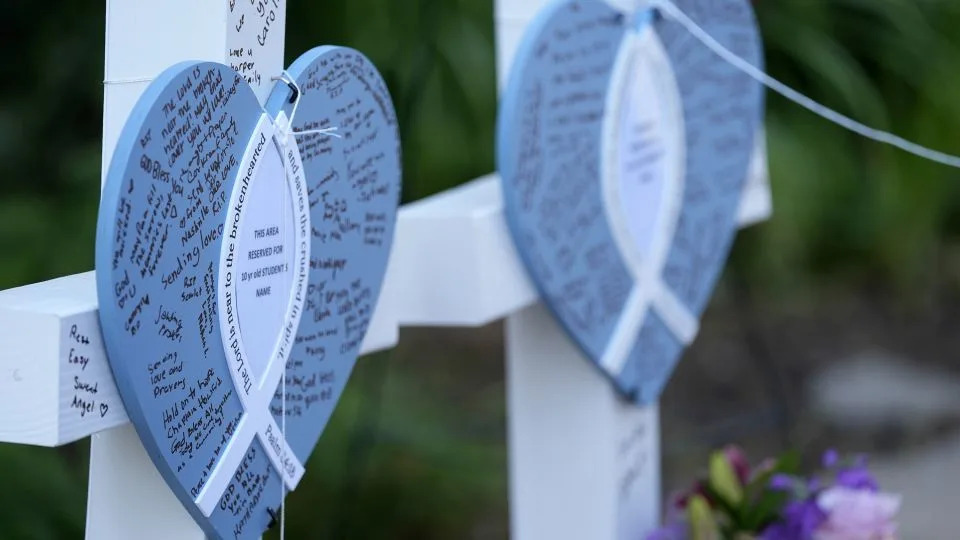
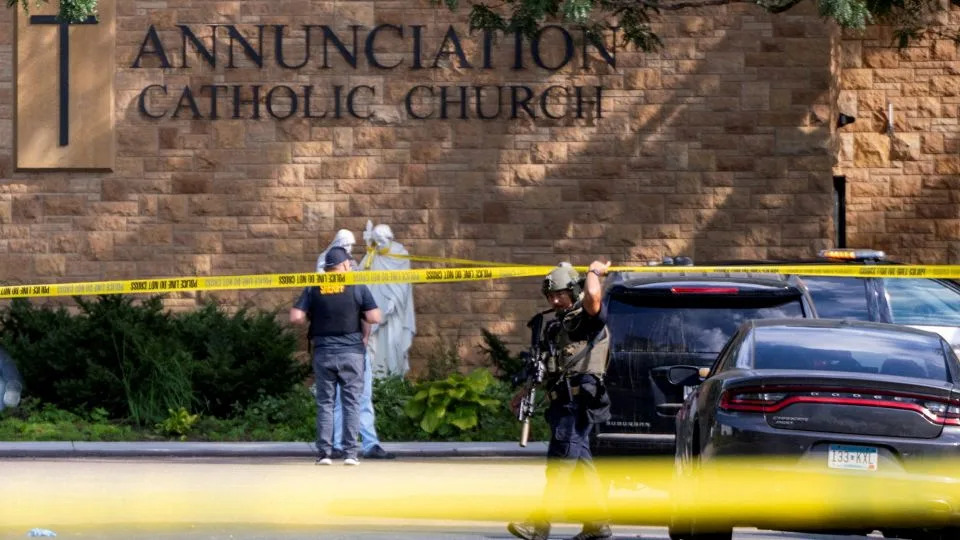
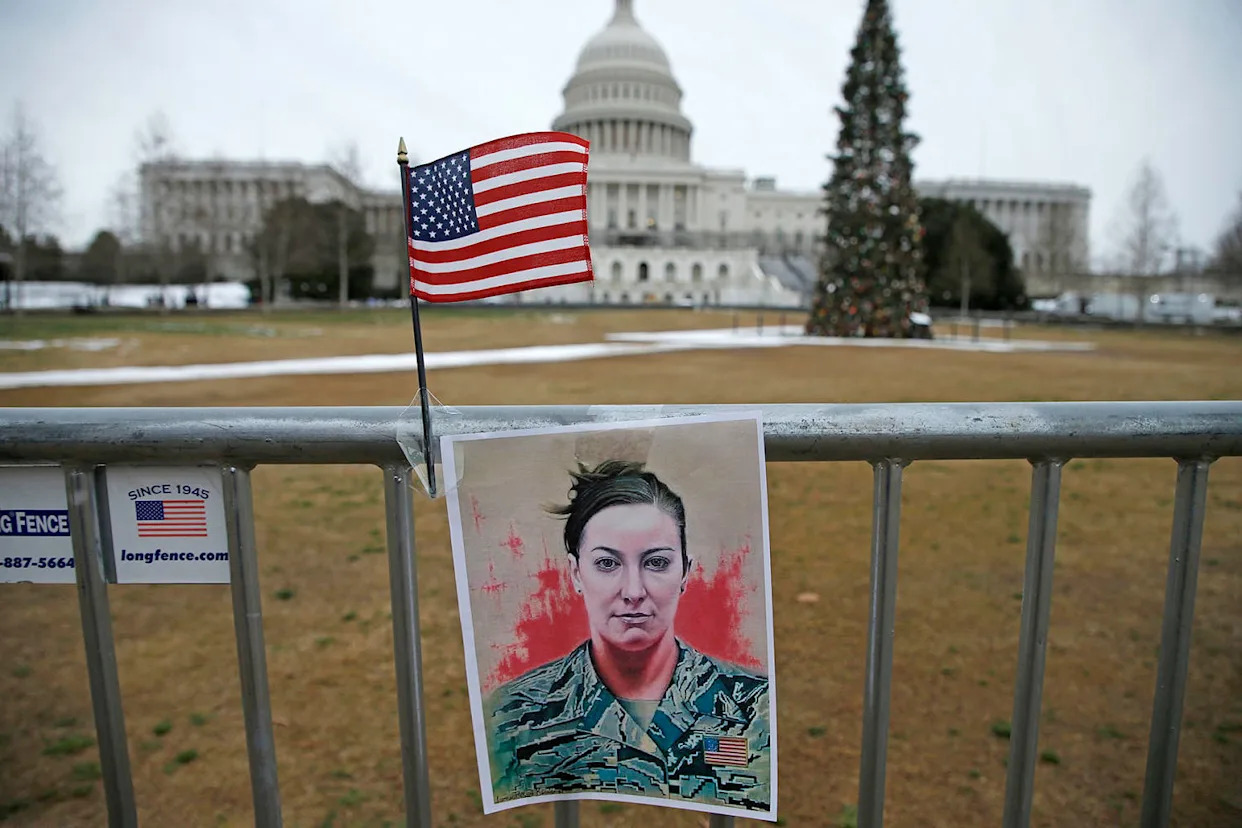


Comments